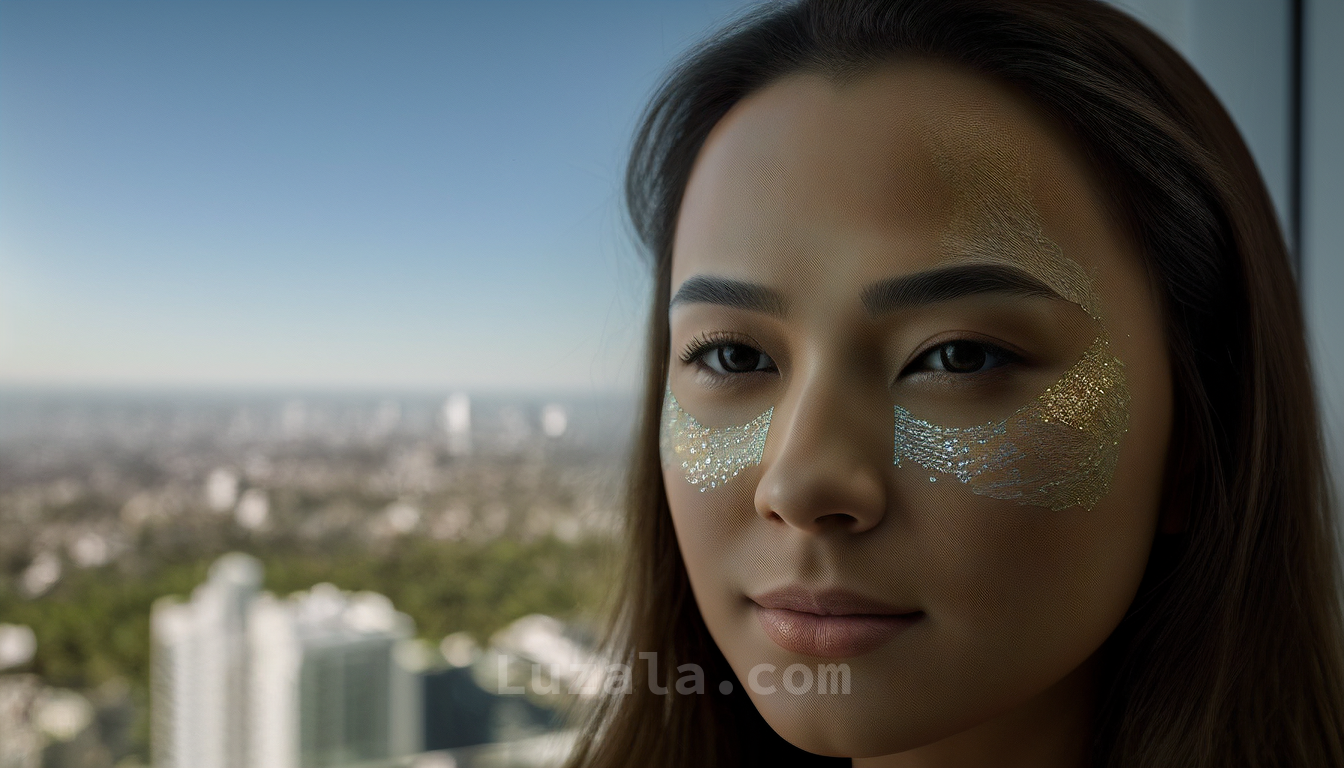Facial Recognition: A Futuristic Dream Turned Reality
Facial recognition technology, once a futuristic idea, is now a reality. Companies like Facebook and Clearview AI have developed prototypes, but ethical concerns loom as its applications expand.
In the realm of technological innovation, the spark often ignites when people begin discussing the gadgets they yearn for but have yet to materialize. One such aspirational concept is the idea of "glasses with a built-in computer that can identify people you encounter." These visionary "augmented reality" devices hold immense allure, prompting many to ponder, "When will they hit the market?"
Surprisingly, two distinct companies have already created functioning prototypes within the past six years. Facebook was among the pioneers, developing an internal version in 2017 that drew upon the vast repository of profile photos hosted on its platform. Another contender is Clearview AI, a secretive American startup that first captured the attention of journalist Kashmir Hill from The New York Times in November 2019.
However, neither company has taken the plunge to commercially release their respective devices. Facebook has treaded cautiously and distanced itself from the concept. Google, despite being an early entrant into the augmented reality glasses arena in February 2013 and possessing the requisite computing power and data, asserted that it would "not … make general-purpose facial recognition commercially available" while grappling with the complex policy and technical issues entailed.
Intriguingly, Clearview AI took a different path. They shared their rudimentary system, capable of identifying almost anyone whose photo and name have ever graced the internet, with select Silicon Valley venture capitalists in pursuit of investment. Subsequently, recognizing the potential for beneficial applications, they leased the technology to American law enforcement agencies for suspect identification. The rationale behind this move? To combat crime, albeit with somewhat Orwellian overtones.
Ironically, Clearview AI exhibited extreme caution when it came to being identified by the media. They went as far as to blacklist Hill's face, and presumably, other journalists' faces, rendering their system unresponsive to queries. Hill meticulously chronicled her pursuit of the company's founders, a classic example of investigative journalism in the realm of internet privacy—an area where she excels.
In recent years, the convergence of powerful "machine learning" and cloud computing, coupled with the proliferation of smartphones, selfies, and social media, has rendered the development of facial recognition systems capable of identifying individuals as inevitable as the atomic bomb following the discovery of uranium atom splitting in 1938. Just as that scientific breakthrough triggered a chain reaction leading to a predictable outcome, the prerequisites for facial recognition—abundant online images and rapidly advancing algorithms for distinguishing facial uniqueness—have long awaited a willing innovator, even if it meant navigating the stormy waters of social controversy.
Remarkably, facial recognition systems have been invented multiple times over the past decade, occasionally escaping into the wilds of the internet where they are inevitably exploited for nefarious purposes, often by would-be stalkers. As Hill notes, in China, the state's application of such technology extends far beyond mere surveillance, encompassing the monitoring and control of individuals and entire ethnic groups, such as the Uyghurs. Moreover, an entire chapter of her account is devoted to the harrowing experience of an innocent black citizen in Detroit, mistakenly identified as a potential match (the ninth out of 243) for a robber and subsequently wrongfully arrested.
Paradoxically, advocacy groups find themselves in a quandary. Hill points out that the American Civil Liberties Union (ACLU), which took legal action against Clearview, might have espoused facial recognition if it had been employed to identify police officers lacking identification badges during protests.
The overarching quandary we face is our inability to conclusively determine whether pervasive and instantaneous facial recognition represents a boon or bane. Could it help locate missing children, apprehend hit-and-run drivers, or deter burglars? Undoubtedly. Conversely, it also carries the potential for abuse, enabling harm and harassment by individuals and governments alike, irrespective of their democratic or authoritarian nature. More critically, can we effectively halt its proliferation? The challenge appears formidable, and Hill, reasonably, refrains from offering solutions. The genie is out of the bottle, and the pressing question now revolves around its ultimate impact and implications.
Download your fonts:
Maternellecolor Trace Cursive Font - Free Download
Tegak Bersambung IWK Font - Free Download
Mestizos Unidos Font - Free Download
Vampire Calligraphy Font - Free Download
Freehand Blockletter Font - Free Download















Comments